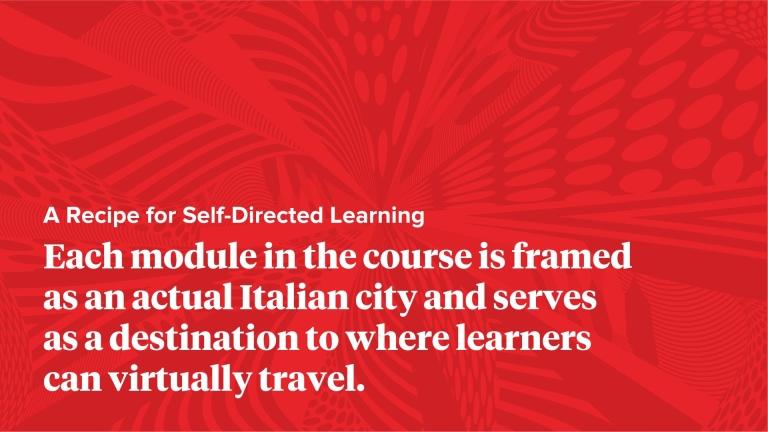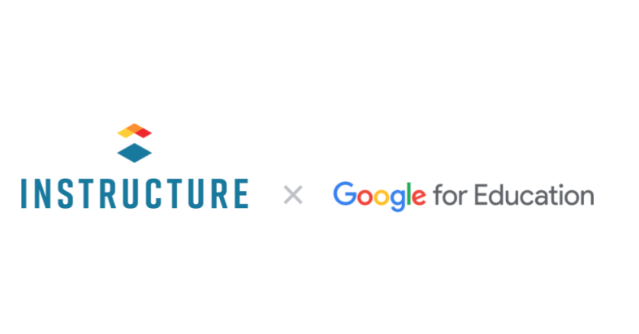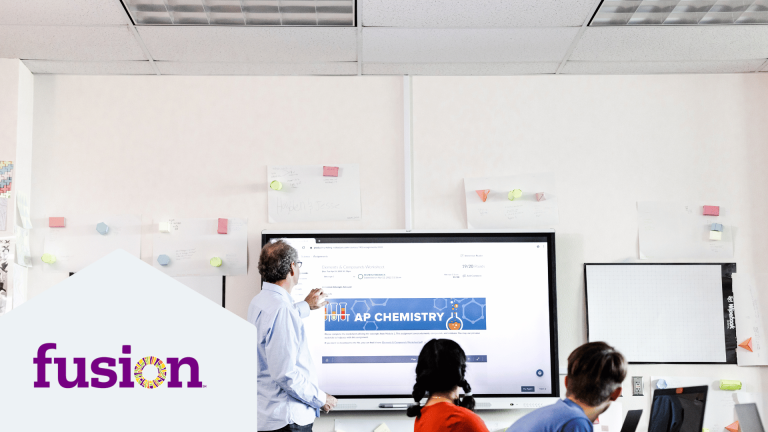
Do you want to create a memorable and flavorful student-centered learning experience that students can't stop talking about? Let's get started right away. Step one, ironically, is talk! Don't worry; this is not the beginning of a sub-committee to nowhere. This is just the first step, and while important, talk should not dominate the majority of your project. Your initial talk should cover three things and contain a secret final ingredient.
Ingredients
- Knowledge Transfer: Understand who each team member is, what they bring to the table, and establish who the Subject Matter Expert (SME) is. At our institution, the SME is also the primary stakeholder and should be prepared to talk about their needs and their goals for the project.
- Blue Sky: Take the SME’s needs and goals and immediately get to work generating blue sky ideas. We took this step from film and video game pre-production. When you need to figure out the “what” you start by giving the team permission to go wild. Ignore reality and imagine the perfect solution. Imagine technology that doesn’t exist yet and ideal worlds with perfect pupils. Don’t worry about cost or time. People that like to point out problems or enjoy being critical should recuse themselves if unable to avoid saying no. Just keep saying yes for a while, even if it’s only 15-30 minutes. Really, go nuts.
Imagine this phase like mining gold. You will need to haul and sift a lot of rocks to get any gold. How many rocks? Who knows, some of your ideas may need to get broken down in order to reveal their value or maybe you’ll find that what you needed was gravel all along. - Establish the goals: Once you have enough raw idea… “rocks” it's time to set them aside and clearly define the goals for the project. After an especially wacky blue sky brainstorm session you may be surprised to find out how much easier these goals are to define. Proposing perfect solutions can often reveal what the true goals are. Examine why some ideas are attractive to you and remember; you are not saying no yet! In our project it became clear that the goal wasn’t to have fancy graphics, it was to empower students so they could, in an organic way, have lightbulb moments that connected the class material to the study abroad locations.
Taking a page from video game and software production we talked about a “user story” such as “While working on their final city assignment titled Rome students will recall their actual experience in Rome, how they got there and how they felt while there.” These stories help you understand if the thing you are making are connecting back to your goals.
Great, it was a lot of talk, but now you should be ready to start exploring your ideas and have plenty of rocks to sift through. Now, it's time to return to earth by determining which ideas are achievable for the first iteration of the course. Now that we have the three key ingredients let's focus on how to combine them to create an effective experiential learning experience.
Directions
- Editing (Paring down): Give each member the opportunity to push for ideas they like and think are practical before dividing up the workload. Remember, some ideas will not make it into the first iteration–document these ideas well so that you can revisit and consider them in future course iterations. We found setting incremental deadlines for each task gives ample time for playtesting and revisions before the course goes live. From here, start developing!
- Module Structure: Determine which course and module structure will best achieve your learner-centric intentions. What do you want the modules to be or look like? What should each module contain? Should the modules be the same, should they be different? Which modules should be the same and which should be different? These are all questions that will serve as evidence that your design is intentional.
- Canvas & Other Added Technologies: Integrate features of Canvas and technologies that further achieve your vision and intentions for learners. While working through these Canvas features and technology integrations, it is imperative to consistently ask, “What more do learners need to have a seamless and meaningful learning experience?” (Mention that some of our biggest hurdles came in this phase as we found that there was a certain “order of operations” that needed to be followed between the module requirements/prerequisites and mastery paths in order for both features to function properly. While developers should research the Canvas features and technologies they intend to implement, it is likely inevitable that you will inherently run into kinks that will need to be figured out here.)
- Aesthetics: Can be worked on simultaneously while developing structure and integrating technologies. While not all teams might not be able to achieve grandiose aesthetics in a course, how the individual elements appear to learners should unify all of the course assessments into one rich, cohesive learning experience. Consistency in a course’s aesthetics tends to eliminate cognitive overload as they get accustomed to the learning environment.
- Playtest, Playtest, Playtest! Unless you want your second iteration to be as developmentally strenuous as your first, you NEED to playtest! Where possible, have students go through the course as if they were enrolled in the course. Having actual students playtest the course is the closest you can possibly get to the learners that will be taking the course. If for whatever reason, you do not have students to do so, find people that were not involved in the development work through the course. Oh, and don’t forget to BEG for feedback from the playtesters! The more feedback you get, the better you can make the course for its first run. As a heads up, you will likely need to significantly enhance the instructions in the course. Make sure that learners know what they need to do before they get there and even give them time to practice before it really counts. (Soften this with what did we do–are students going to get it, does this make sense; I knew it functioned, but would students know what to do to make it function? Look at notes on my ipad)
Bake
Our Self-Directed, Virtual Road Trip Design
Each module in the course is framed as an actual Italian city and serves as a destination to where learners can virtually travel. While "staying" in each virtual city, learners have an experiential activity to complete during their physical stay in Italy before they can claim a digital passport stamp for that destination. Once the passport stamp has been claimed or awarded, learners then take a Choose Your Next Destination Quiz to unlock their next chosen city to visit virtually.
"To provide a meaningful and engaging virtual road trip that would enhance and not detract from learners' in-person experiences in Italy."
Students chose to virtually travel to a variety of required and optional cities with Rome as their final destination. Adding module requirements and setting prerequisite modules serve to order tasks and to regulate the pace of learners' virtual travels. Combining these Canvas features with the Canvas Credentials integration enables the digital passport stamps to be awarded by the instructor or to be claimed by individual learners after the experiential activity is either submitted or achieves a minimum grade on the assignment depending on how the integration is configured. In order for the destination quizzes to unlock the next city according to learners' responses, Mastery Paths news to be enabled in the course (see the "View Formats" subsection) and configured in each individual quiz. For a more-detailed walkthrough of our course, feel free to watch the video below:
Taste Test
The ultimate litmus test of whether or not your course design was effective is if the students thought it worked. We assessed student experiences within four areas of the course:
- Self-directed learning
- Hybrid format
- Authentic Assessment
- Aesthetics.
Student feedback was overwhelmingly positive in all domains.
Self-Directed Learning:
One student shared:
"I felt like I learned so much more through experiential learning and autonomy. I was able to pick things that I was interested in and…because I was able to choose not only the topics but the assignments I felt more inclined to put in a lot of effort and I learned at a much deeper level."
Hybrid Format:
Student's shared how the hybrid format of the course helped them make meaningful connections between their experiences and specific learning outcomes. A student shared:
"I loved being in Italy and learning all the things we did but I feel like I better understood what I learned while completing the assignments. I was able to gather and synthesize the information I had gathered in bulk while traveling for two weeks. We were stuffed with so much information and experience that it was nice to expand, deepen, and sift through it to pull out the things that matter most to me. I was able to apply it to my major, specific interests, and new interests that arose after this trip."
Authentic Assessment:
Students also found the balance between ungraded and formally assessed learning outcomes throughout the course "liberating":
"I found it to be liberating. I wasn't doing things for the grade but rather for myself. Learning to learn is one of the most important skills you can have. Through this course I found that I love learning again! It is so much fun to find something that you are so interested in that you willingly spend hours researching it… I felt the drive and motivation to do my homework because I enjoyed it."
Aesthetics:
Lastly, most students appreciated the aesthetics of the course. One shared that the graphics and gamification of the course,
"helped me feel like it wasn't an actual class and helped me to feel like I was just doing it for fun and not a grade."
Another student shared that in addition to them being "fun" they helped "me realize I was on the right assignment."
Recipe Notes, Adjustments, & Substitutions
Based on the feedback we received from students, we are exploring new ways to streamline our module structure and make our content more interactive. Ideas under consideration include:
- Enhancing the tour guide theme.
- Building learner avatars with various skills.
- Collecting souvenir items from each city visited rather than just stamps.
- Continuing to revisit items from our initial Blue Sky ideation.
SECRET 4th INGREDIENT!
Thanks for reading to the end to find our secret 4th ingredient. Don't worry, it's not about manifesting or that the answer was inside you all along.
The secret fourth thing also comes from video game production. We call it: perspective. You could sum it up this way, "RELAX, we're making games here."
Chef Kyle Dillon
Chef Sarah Allen
Chef Andrew Mitchell
Related Content
 canvas-offline-blog-thumbnail-2024.jpg
canvas-offline-blog-thumbnail-2024.jpgBlog Articles
 googlexinst.png
googlexinst.pngBlog Articles
 facommons.png
facommons.pngBlog Articles